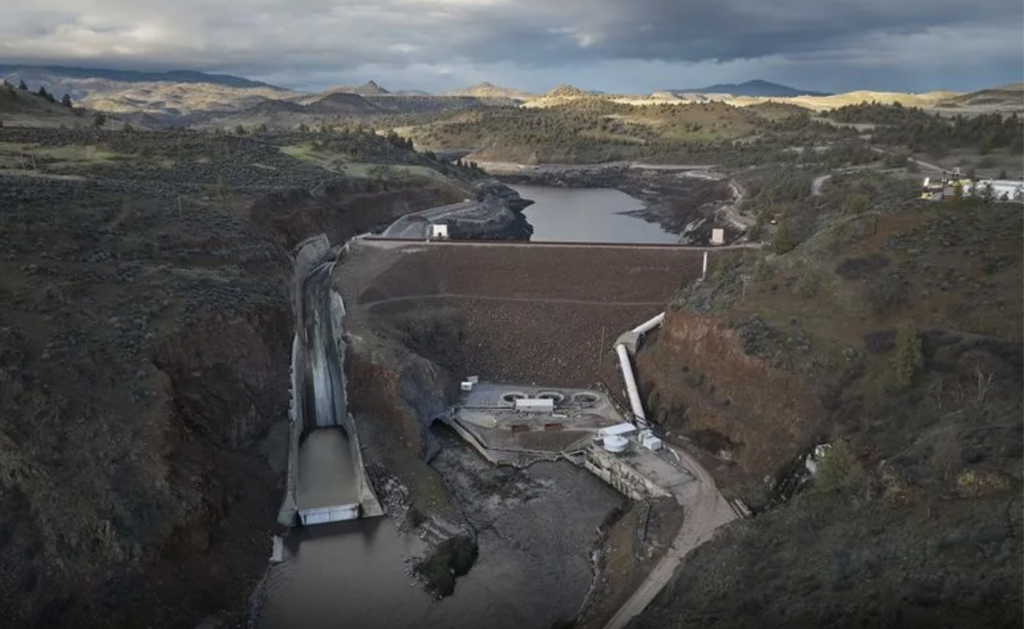Home / Environment / Klamath River Rebounds with Salmon Surge, Algae Decline After Dam Removal
Klamath River Rebounds with Salmon Surge, Algae Decline After Dam Removal
18 Oct
Summary
- Salmon numbers surge, reaching 7,700 fish in 3 months after dam removal
- Water quality improves, with 100% of samples below public health limits for toxic algae
- Tribes celebrate river's revival, with fish returning to historic spawning grounds

As of October 18, 2025, the Klamath River in California is experiencing a remarkable ecological revival, just one year after the completion of the world's largest dam removal project. According to scientists, the river's health has begun to bounce back, with salmon swimming upstream in greater numbers than expected, and increased activity from bald eagles, bears, beavers, otters, and ospreys.
The data is staggering - in the three months following the removal of the final dam in October 2024, a remarkable 7,700 fish, primarily Chinook salmon, passed through the former dam site, averaging 588 fish per day. Researchers have also observed the first Chinook salmon ascending the Keno Dam fish ladder and leaving the fishway at the top of Link River Dam, entering Klamath Lake.
The improvements extend beyond just fish populations. The Karuk Tribe's water quality monitoring has shown a dramatic decline in toxic algae levels, with 100% of samples now below public health limits, compared to 58% exceeding limits in previous years. This has made fishing much easier for tribal members, who no longer have to contend with suspended algae clogging their traditional gillnets.
Advertisement
Tribes in the region are celebrating the river's resurgence, with Yurok Tribal Fisheries Director Barry McCovey Jr. noting that fall-run Chinook salmon are now entering the river earlier and traveling farther than they have in over a century. However, the spring-run Chinook population remains on the brink of extinction, a grave concern that tribal leaders hope can be addressed through the dam removal and continued restoration efforts.
As the Klamath River continues its journey towards healing, the progress made in just one year has provided a sense of hope and optimism for the future. While the scars of nearly a century of blockage are still fresh, the remarkable comeback of this vital ecosystem is a testament to the power of restoration and the resilience of nature.



